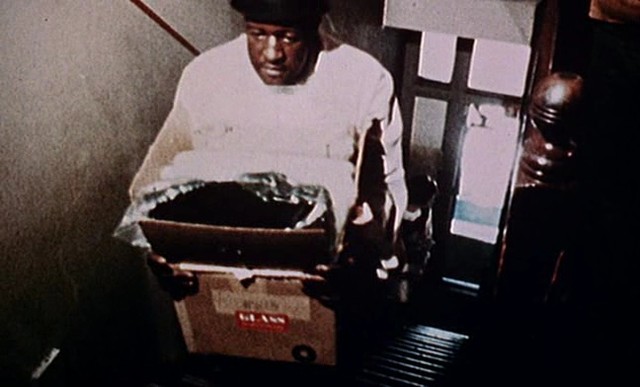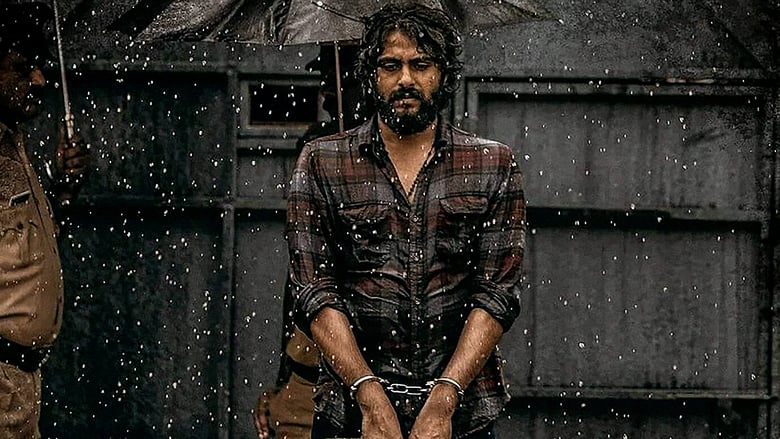
Freedom At Midnight Book Review
Buy Freedom at Midnight by Larry Collins online at Alibris. We have new and used copies available, in 8 editions - starting at $1.45. Freedom at Midnight paints a sweeping picture of the tumultuous year of India’s independence from Great Britain in 1947. The narrative style of the book immerses readers in the visual landscape of the falling Raj and allows them to step into the minds of the great actors of this time. Freedom at midnight is reflecting truth. Today we have got freedom but our corrupt leaders were responsible for that. Satheesan Rangorath (8/14/2008 11:19:00 PM) Dear Sathya Narayana Ji A very timely well versed poem with a poetic concern and cry, which no body.
by Ellen Mcamis
Freedom at Midnight paints a sweeping picture of the tumultuous year of India’s independence from Great Britain in 1947. The narrative style of the book immerses readers in the visual landscape of the falling Raj and allows them to step into the minds of the great actors of this time. This sort of narrative history also contains drawbacks that limit our understanding of this important moment.
The book compresses the story to a tight one-year time frame. This allows Collins and Lapierre to focus on the state-level negotiations on India’s independence. It begins with Louis Mountbatten’s installation as the Last Viceroy of India, and closely follows the negotiations between Mountbatten, Whitehall, Jawaharlal Nehru, Mohammad Ali Jinnah, and Mohandas Gandhi as they make the decision to partition India. It then continues with the chaos and bloodshed of the split, until ending with Gandhi’s assassination in 1948. This narrative is undeniably fascinating, however, it also places an almost exclusive emphasis on the “great men” of history. They are represented here as isolated personages who hold the fate of the Indian people in their hands. The people themselves are often lost in this depiction, appearing as faceless masses helplessly reacting to political machinations.
Mahatma Gandhi (Image courtesy of Wikimedia Commons)
Despite this focus on the agency of the great men, the primary mechanism which forces history forward in the book is destiny or fate. In this account, the British were “a race that God had destined” to rule the Indians, and therefore “naturally acquired” India. Faced with the prospect of division, Mountbatten must “save India” from itself. This device frees Mountbatten and the British from the charge of poorly handling or rushing independence. Instead, they are depicted as contending with historical inevitabilities far more powerful than themselves.
While a current reader does not expect a highly sympathetic and nuanced portrait of India from a book written three years before Edward Said’s Orientalism, and the rise of post-colonial studies, as a narrative with insight into the rush of daily life on the cusp of independence, it remains an enjoyable and exciting read.
Sundar Vadlamudi’s review of “Great Soul: Mahatma Gandhi and his Struggle with India.”
Amber Abbas’ review of “Prejudice and Pride: School Histories of the Freedom Struggle in India and Pakistan.”
Jack Loveridge’s reviews of “Wavell: the Viceroy’s Journal,”“Jawaharlal Nehru: A Biography,”“The Decline, Fall, and Revival of the British Empire,” and “The Sole Spokesman: Jinnah, the Muslim League and the Demand for Pakistan.”
Voices of India’s Partition, Part V: Interview with Professor Mohammad Amin
Voices of India’s Partition, Part IV: Interview with Professor Masood ul Hasan
Voices of India’s Partition, Part III: Interview with Professor Irfan Habib
Voices of India’s Partition, Part II: Interview with Mr. S.M. Mehdi
Voices of India’s Partition, Part I: Interview with Mrs. Zahra Haider
| Author | Larry Collins and Dominique Lapierre |
|---|---|
| Audio read by | Frederick Davidson (1993) |
| Language | English |
| Subjects | British India, partition, colonialism, Mahatma Gandhi |
| Genre | Non-fiction, history |
| Published | 1975 |
| Publisher | William Collins (UK) Simon & Schuster (US) |
| ISBN | 9780706904062 |
| OCLC | 813178801 |

Freedom at Midnight (1975) is a non-fiction book by Larry Collins and Dominique Lapierre about the events around the Indian independence movement and partition. It details the last year of the British Raj, from 1947 to 1948, beginning with the appointment of Lord Mountbatten of Burma as the last viceroy of British India, and ending with the death and funeral of Mahatma Gandhi.
The book is told in a casual style, similar to the authors' previous works, Is Paris Burning? and O Jerusalem!.
Content[edit]
The book provides a detailed account of the last year of the British Raj; the reactions of princely states towards independence, including descriptions of the colourful and extravagant lifestyles of the Indian princes; the partition of British India (into India and Pakistan) on religious grounds; and the bloodshed that followed.[1]
There is a description of Shimla, the British summertime capital in the Himalayas, and how supplies were carried up steep mountains by porters each year. Also covered in detail are the events leading to the assassination of Mahatma Gandhi, as well as the life and motives of Jawaharlal Nehru and Muhammad Ali Jinnah.
Regarding partition, the book—providing maps of Punjab, Bengal, and Kashmir—relates that the crucial maps setting the boundary separating India and Pakistan were drawn that year by Cyril Radcliffe, who had not visited India before being appointed as the chairman of the Boundary Commission. The book depicts the fury of both Hindus and Muslims, misled by their communal leaders, during the partition; and the biggest mass slaughter in the history of India, as millions of people were uprooted by the partition and tried to migrate by train, oxcart, and on foot to new places designated for their particular religious group. Many migrants fell victim to bandits and religious extremists of both dominant religions. One incident quoted describes a canal in Lahore that ran with blood and floating bodies.
Background[edit]
The authors interviewed many who were there during the events, including a focus on Lord Mountbatten of Burma.[2] They subsequently wrote a book based in particular upon their research on the British officer, titled Mountbatten and the Partition of India, containing interviews with Mountbatten, and a selection of papers that were in his possession.[3]
Response[edit]
Freedom at Midnight aroused controversy for its portrayal of the British expatriates, the native rulers of India, and members of India's first cabinet.[2][4]James Cameron described it as the result of deep research into events often neglected by other historians.[5]
This book was one of the inspirations for the 2017 film Viceroy's House.[6]
References[edit]
- ^Gray, Paul (27 October 1975). 'Books: The Long Goodbye'. Time.
- ^ abGordon, Leonard A. (August 1976). 'Book review: Freedom at Midnight'. The Journal of Asian Studies. University of Cambridge Press. 35 (4). doi:10.2307/2053703.
- ^Krishan, Y (February 1983). 'Mountbatten and the Partition of India'. History. Historical Association. 68 (222): 22–38. doi:10.1111/j.1468-229X.1983.tb01396.x.
- ^Brasted, H. V.; Bridge, Carl (1994). 'The transfer of power in South Asia: An historiographical review'. South Asia: Journal of South Asian Studies. 17 (1). doi:10.1080/00856409408723200.
- ^Cameron, James (October 26, 1975). 'Book Review: Freedom at Midnight'. New York Times Book Review. Retrieved 22 November 2014. 'There is no single passage in this profoundly researched book that one could actually fault. Having been there most of the time in question, I can vouch for the accuracy of its general mood. It is a work of scholarship, of investigation, research and of significance.'
- ^Maddox, Garry. 17 May 2017. 'How Prince Charles steered filmmaker Gurinder Chadha to make Viceroy's House.' The Sydney Morning Herald.
Book Freedom At Midnight
